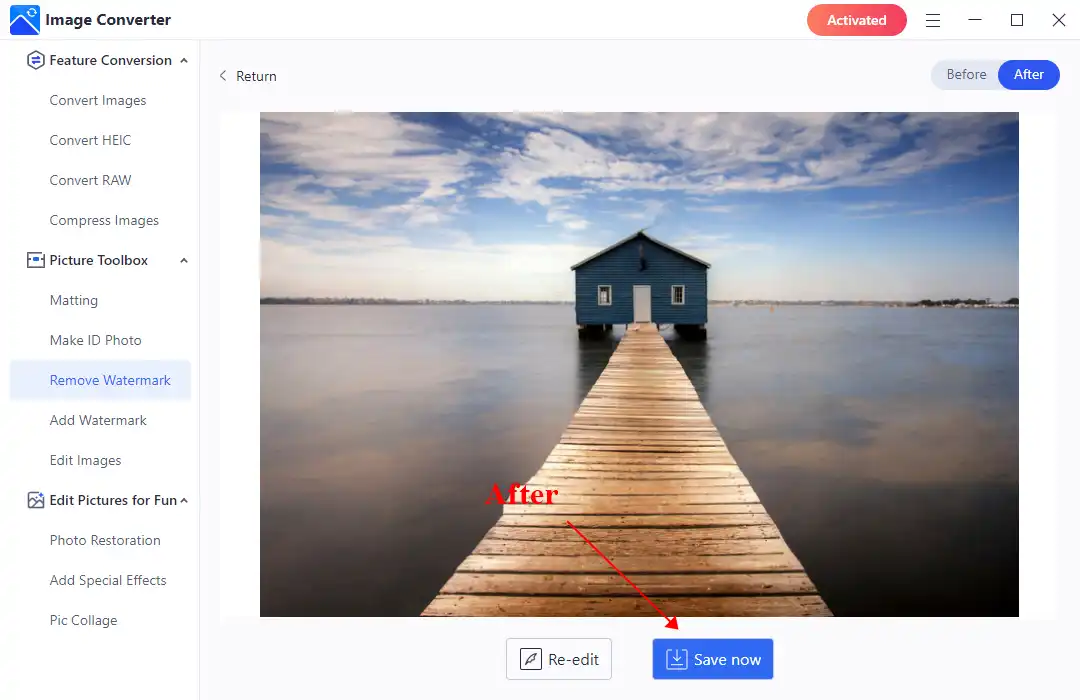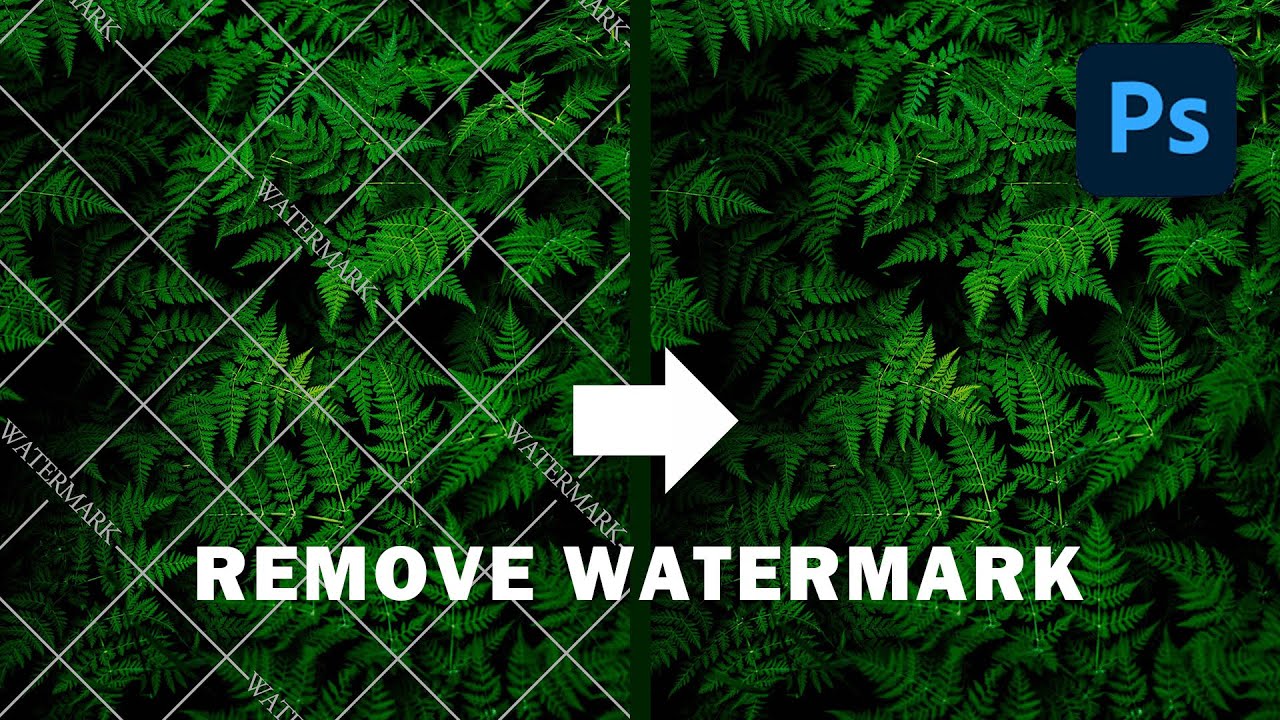If you’ve ever come across a Shutterstock video that you really want to use but it’s marked with a watermark, you might be tempted to find ways to remove it. Watermarks are there to protect the creator’s rights and prevent unauthorized use, but sometimes, people look for methods to bypass them—whether out of curiosity or genuine need. Before diving into any techniques, it’s important to understand what watermarks are, why they exist, and the ethical considerations involved. In this post, we’ll explore some common methods people consider, and more importantly, discuss the legal and ethical boundaries surrounding watermark removal.
Understanding the Legal Implications of Removing Watermarks

It’s crucial to recognize that watermarks are not just decorative elements—they’re legal markers that indicate ownership and copyright protection. Removing a watermark from a Shutterstock video without permission can be considered copyright infringement, which is a serious legal violation. Shutterstock and other content providers include watermarks precisely to prevent unauthorized use and distribution of their footage. Engaging in watermark removal efforts can lead to legal action, fines, or other penalties.
Even if you manage to successfully remove a watermark, using the video without proper licensing can expose you to intellectual property lawsuits. It’s essential to obtain the appropriate license or permission from the content creator or Shutterstock itself before using any footage for personal, commercial, or public projects. Respecting copyright laws not only keeps you on the right side of the law but also supports creators and the creative industry as a whole.
In summary, while it might be tempting to look for quick fixes, the risks involved in removing watermarks are significant. Instead, consider legitimate options like purchasing a license, subscribing to Shutterstock, or exploring royalty-free alternatives. Respecting copyright ensures that creators can continue producing the content we enjoy, and it keeps your projects legally sound and ethically responsible.
Popular Tools and Software for Watermark Removal

When it comes to removing watermarks from Shutterstock footage, there are quite a few tools out there that can help you get the job done. Some are designed specifically for video editing, while others focus on image editing but can be used creatively for videos as well. The key is to find a tool that balances effectiveness with ease of use, especially if you’re not a professional editor.
Here are some of the most popular options:
- Adobe Premiere Pro – A professional-grade video editing software that offers powerful tools for covering or removing watermarks. While it doesn’t have a dedicated watermark removal feature, you can use masking and cloning tools to hide watermarks seamlessly.
- Final Cut Pro – Similar to Premiere, this Apple-based software allows advanced editing techniques, including cropping, masking, and overlaying clips to obscure watermarks.
- HitFilm Express – A free video editing software with advanced compositing tools. It’s a good option for hobbyists and semi-professionals looking to remove or hide watermarks without investing in expensive software.
- Video Eraser & Inpaint – Dedicated tools that focus on removing objects from videos and images. These are generally simple to use but might not handle complex watermarks perfectly.
- Apowersoft Watermark Remover – An easy-to-use tool that allows users to select watermarked areas and remove them with minimal effort. It works well for simple watermarks but can struggle with more complex backgrounds.
- Online Tools – Websites like VideoWatermarkRemover.com or Apowersoft’s online service let you upload your footage and attempt to remove watermarks directly in your browser. These are convenient but might have limitations on file size and quality.
Most of these tools require a bit of learning curve, especially professional software like Premiere or Final Cut. If you’re looking for quick results, dedicated watermark removal tools or online services might be more suitable. However, keep in mind that the effectiveness varies depending on the complexity of the watermark and the footage background.
Always remember to respect copyright laws. Removing watermarks from copyrighted content without permission can lead to legal issues. Use these tools responsibly, ideally for personal projects, or with proper licensing and rights clearance.
Step-by-Step Guide to Removing Watermarks Using Video Editing Software
Removing a watermark from a video might sound tricky, but with the right approach, you can do it cleanly and efficiently. Here’s a basic step-by-step guide using popular video editing software like Adobe Premiere Pro or Final Cut Pro. The process is similar across most editing tools, so you can adapt it to your preferred program.
Step 1: Import Your Video
Start by opening your video editing software and importing the footage with the watermark. Create a new project or sequence, then drag your video into the timeline. Make sure to save your project regularly as you work.
Step 2: Analyze the Watermark
Play through the video to identify where the watermark appears and how prominent it is. Note whether it’s static (stays in the same position) or moving. Static watermarks are easier to remove or hide, while moving ones require more advanced techniques.
Step 3: Choose Your Method
Depending on the background and watermark complexity, select a removal technique:
- Cropping: If the watermark is near the edge, cropping the video can be a quick fix.
- Overlay: Place a new clip or image over the watermark to hide it.
- Masking & Cloning: Use masking tools to cover the watermark with surrounding pixels or duplicate parts of the background.
Step 4: Apply Masking and Cloning (For Complex Watermarks)
Most professional editors have masking tools:
- Create a mask around the watermark area.
- Use the cloning or patch tool to sample nearby clean pixels.
- Paint over the watermark with the sampled pixels to blend it seamlessly into the background.
Step 5: Fine-Tune Your Edit
Zoom in and adjust the mask edges to ensure a natural look. Feather the edges of your mask to smooth transitions. Play back the clip to see if the watermark is effectively hidden.
Step 6: Export Your Video
Once satisfied, export your edited video. Choose the appropriate format and quality settings. Keep in mind that aggressive editing might reduce quality, so balance your settings accordingly.
And that’s it! While this process takes some practice, patience pays off. Remember, the goal is to make the removal as seamless as possible, so take your time with masking and blending. Happy editing!
Alternative Legitimate Ways to Get Unwatermarked Footage
If you’re looking to access high-quality footage without watermarks without crossing any legal lines, there are several legitimate options worth exploring. While it might be tempting to find quick fixes online, sticking to authorized sources ensures you avoid potential copyright issues and support creators and platforms that produce valuable content.
1. Purchase a License or Subscription
The most straightforward way is to buy a license or subscribe to platforms like Shutterstock, Adobe Stock, or Getty Images. These services offer a wide array of footage that you can download in high resolution without watermarks once you’ve paid or subscribed. Often, you’ll find flexible plans tailored for different needs, whether you’re working on a small project or a large commercial campaign.
2. Use Free Stock Footage Websites
There are reputable websites offering free, high-quality stock footage that are completely royalty-free and watermark-free. Examples include:
- Pexels
- Pixabay
- Videvo
- Coverr
While the selection might be more limited compared to paid platforms, they are a fantastic resource for legitimate, unwatermarked footage that can be used freely, even commercially.
3. Reach Out to Content Creators
If you find footage created by a specific videographer or creator that you’d love to use, consider reaching out directly. Sometimes, creators are happy to share their work for free or for a small fee, especially if you give proper credit. This not only grants you legal access but also supports independent artists.
4. Use Creative Commons Licensed Content
Some footage is shared under Creative Commons licenses, which can allow you to use, modify, and distribute content legally. Always check the license terms carefully—some may require attribution or restrict commercial use. Platforms like Vimeo and Flickr often host Creative Commons videos, and there are filters to find suitable content.
Remember, the key is to respect licensing agreements and the rights of content creators. Using legitimate sources not only keeps you on the right side of the law but also ensures you’re getting quality footage that suits your needs.
Tips to Protect Your Content and Avoid Watermarks in the Future
Preventing watermark issues before they happen is always better than trying to remove them later. Here are some practical tips to help you safeguard your projects and ensure you’re working with properly licensed footage:
- Plan Your Content Acquisition: Before starting your project, identify what footage you need and decide whether you’ll purchase, license, or source it for free from reputable sites. Planning ahead saves time and reduces reliance on questionable methods.
- Use Licensed Platforms: Always acquire footage from trusted providers like Shutterstock, Adobe Stock, or other licensed sources. These platforms guarantee that the footage is legal to use and come with clear licensing terms.
- Keep Documentation: Save receipts, license agreements, and correspondence related to your footage purchases. This documentation can be invaluable if questions about rights or licensing arise later.
- Set Up Proper Licensing for Your Content: If you create original footage, consider licensing it clearly. Use licensing options or Creative Commons licenses to communicate how others can use your work, reducing unauthorized usage.
- Educate Your Team: Make sure everyone involved in your projects understands the importance of licensing and respecting intellectual property rights. Proper training minimizes accidental misuse of unlicensed footage.
- Use Watermark-Free Trial Footage Carefully: Many stock sites offer trial downloads—use these carefully to evaluate footage quality. Remember, trial versions often include watermarks until you purchase a license.
- Implement Content Management Systems: Use digital asset management tools to track licenses, expiration dates, and usage rights. Staying organized helps prevent accidental misuse or unlicensed distribution.
By following these tips, you not only protect yourself legally but also foster a respectful and trustworthy creative environment. Remember, investing in legitimate footage and understanding licensing terms pays off in the long run—keeping your projects professional and compliant with copyright laws.
Conclusion and Final Recommendations
Removing watermarks from Shutterstock footage is a complex process that requires careful consideration of legal and ethical implications. While there are various tools and techniques available, it is important to respect copyright laws and seek proper licensing whenever possible. Unauthorized removal of watermarks can lead to legal repercussions and damage your reputation. If you choose to proceed with watermark removal for legitimate reasons, consider the following recommendations:
- Use reputable software: Opt for trusted editing programs like Adobe Photoshop, GIMP, or specialized watermark removal tools that minimize quality loss.
- Maintain original quality: Always work with high-resolution copies to ensure the best results without degrading the footage.
- Apply non-destructive editing: Use layers and masks to preserve the original footage and allow easy adjustments.
- Practice patience: Watermark removal can be time-consuming and may require multiple attempts to achieve seamless results.
- Consider professional assistance: When in doubt, hiring an experienced video editor can save time and yield more natural outcomes.
Remember, the most ethical and sustainable approach is to obtain licensed footage directly from Shutterstock or other authorized sources. This not only guarantees legal compliance but also supports content creators and the industry as a whole.
In conclusion, while technical methods exist for watermark removal, they should be used responsibly and ethically. Prioritize legal acquisition of footage whenever possible to avoid potential issues and maintain professionalism in your projects.


